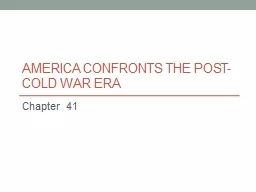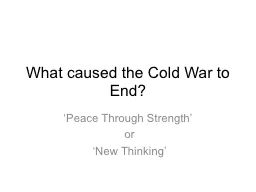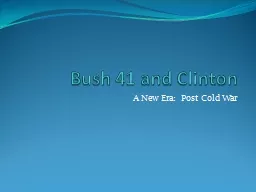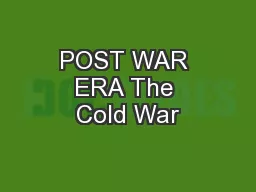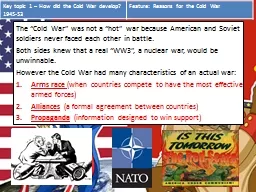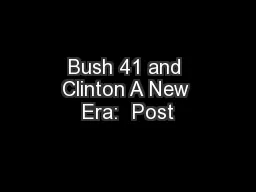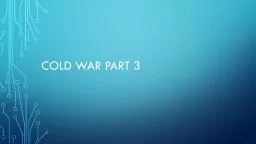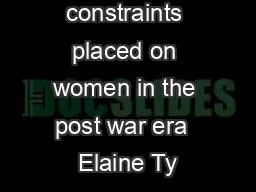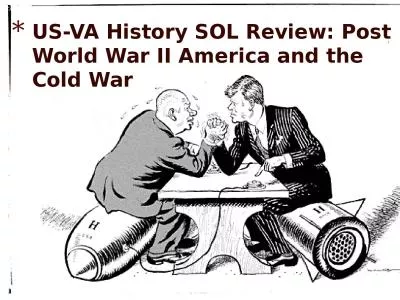PPT-America Confronts the Post-Cold War Era
Author : luanne-stotts | Published Date : 2018-11-06
Chapter 41 Introduction The collapse of the Soviet Union and the democratization of its client regimes in Eastern Europe ended the fourdecadeold Cold War and left
Presentation Embed Code
Download Presentation
Download Presentation The PPT/PDF document "America Confronts the Post-Cold War Era" is the property of its rightful owner. Permission is granted to download and print the materials on this website for personal, non-commercial use only, and to display it on your personal computer provided you do not modify the materials and that you retain all copyright notices contained in the materials. By downloading content from our website, you accept the terms of this agreement.
America Confronts the Post-Cold War Era: Transcript
Download Rules Of Document
"America Confronts the Post-Cold War Era"The content belongs to its owner. You may download and print it for personal use, without modification, and keep all copyright notices. By downloading, you agree to these terms.
Related Documents

